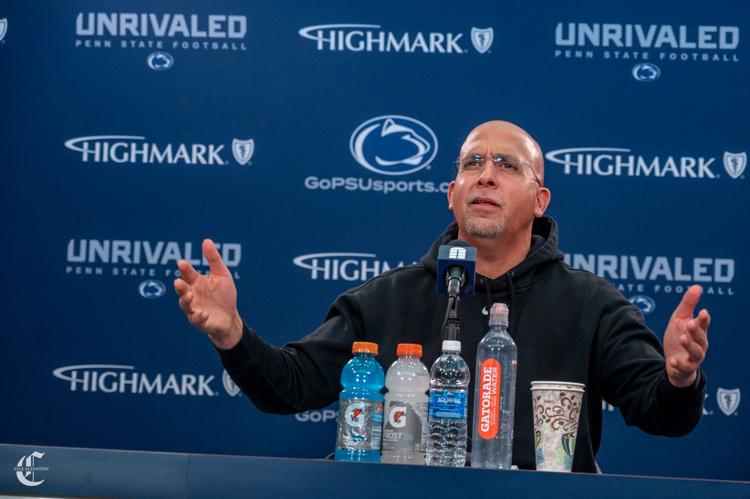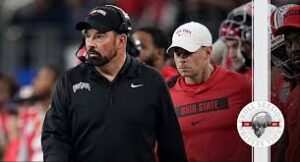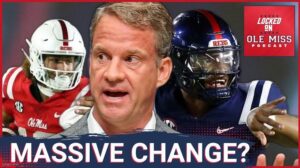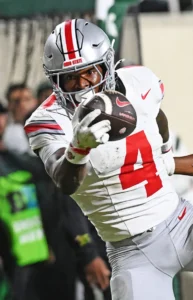
‘I’m kind of out of that business’ | Penn State switches up transfer portal strategy

Penn State is taking a new path when it comes to the transfer portal, and head coach James Franklin is making it clear — things are changing in Happy Valley. With the offseason in full swing and roster-building a top priority, Franklin has publicly acknowledged a shift in strategy that could redefine how the Nittany Lions approach talent acquisition going forward.
“I’m kind of out of that business,” Franklin said during a recent media session, referencing his evolving role in managing transfer portal operations. While his comment drew a few raised eyebrows, it reflects a broader rethinking of how Penn State wants to structure its team — placing more emphasis on stability, long-term player development, and internal culture rather than heavy portal dependence.
This change doesn’t mean Penn State is abandoning the portal altogether. Instead, the program is refining how and when it dips into the market. Rather than chasing a high volume of portal additions each cycle, the Nittany Lions plan to be more selective, seeking players who not only fill specific needs but also match the culture and expectations of the program.
The strategy marks a notable departure from recent trends in college football. Across the country, programs have increasingly leaned on the portal to patch holes or revamp rosters overnight. But Franklin, now in his second decade leading the team, seems to be leaning into a more measured, sustainable model.
“This isn’t just about acquiring talent,” he added. “It’s about building the right kind of team. That doesn’t always come from grabbing ten guys from the portal.”
Penn State’s updated approach can already be seen in their offseason moves. The coaching staff has prioritized high school recruiting while only bringing in a handful of transfers — each one strategically chosen. These include players who either had prior relationships with the staff, came with glowing locker room reviews, or filled a critical position gap.
One example is the addition of a veteran offensive lineman with multiple years of starting experience, brought in to stabilize a young group. Another is a defensive back from a Power Five program known for his leadership and discipline — two qualities Franklin values highly.
The new strategy is also about preserving the chemistry within the locker room. In past years, the influx of transfers occasionally led to tension over playing time and role clarity. By minimizing turnover and reinforcing development from within, Franklin hopes to foster deeper team cohesion and a more unified identity.
There’s also the NIL factor. With college football’s financial landscape rapidly evolving, being selective about portal targets can help Penn State manage its resources wisely, investing in the right players rather than overspending in a competitive marketplace.
As the sport continues to adapt, so too does Penn State — but with a mindset that places loyalty, culture, and growth above quick fixes.
“I’m not saying we won’t use the portal,” Franklin concluded. “But we’re going to be smarter about it. We want guys who are here for the right reasons — and who want to be part of something bigger.”






